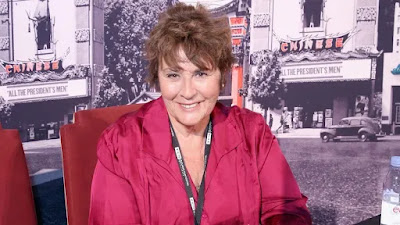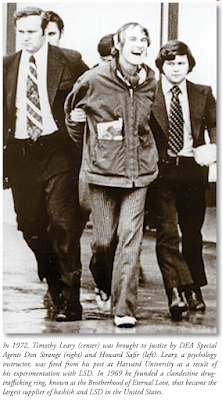The first woman to serve as a U.S. Supreme Court justice, O'Connor was born Sandra Day in El Paso, Texas, the daughter of a cattle rancher. In her youth, she participated in cattle roundups as the group's only female rider, latter calling it, "my first initiation into joining an all-men's club, something I did more than once in my life." Day enrolled at Stanford University at the age of 16 and graduated magna cum laude with a B.A. in economics in 1950. At Stanford Law School she served on the Stanford Law Review with future Supreme Court chief justice William Rehnquist, who proposed marriage to her (she declined). After graduating from law school, because of her gender, she could only find employment as a deputy county attorney in San Mateo, California after she offered to work for no salary and without an office. She eventually became a judge and an elected official in Arizona, serving as the first female majority leader of a state senate as the Republican leader in the Arizona Senate. While serving on the Supreme Court from 1981-2006, she was one of three co-authors of the lead opinion in Planned Parenthood v. Casey, in which the Court upheld the right to have an abortion as established in Roe v. Wade, and argued in favor of President Obama naming a replacement for conservative justice Antonin Scalia (before the Senate scandalously held up Obama's nomination of Merrick Garland, until Trump could be elected and name Neil Gorsuch, assuring the Court's conservative majority). She also joined the dissenting opinion in Gonzalez v Raich, in defense of state marijuana laws. After retiring, O'Connor succeeded Henry Kissinger (who died two days before her) as the Chancellor of the College of William & Mary. In 2003, she wrote a book titled The Majesty of the Law: Reflections of a Supreme Court Justice and in 2005, a children's book, Chico: A True Story from the Childhood of the First Woman Supreme Court Justice, was named for her favorite horse. In 2009, Justice O'Connor was awarded the Presidential Medal of Freedom by President Barack Obama.
Shane MacGowan (12/30)
Henry Kissinger (11/29)
Paul Sorvino brilliantly plays Kissinger in the Oliver Stone movie "Nixon," nailing indelibly the scene in which he prays on his knees with Nixon on the eve of impeachment. In the opera "Nixon In China" Kissinger is shown whipping Chinese workers into submission to the semiconductor. “People are a little shocked when he appears as the sadistic overlord,” director Peter Sellars told the New York Times. “But obviously he’s the man who’s responsible for Chile and for the secret bombing of Cambodia — the list of atrocities and acts of unspeakable violence is long. And that lurid stuff is behind the jolly and well-spoken diplomat. The surprise is, as always, no one is just one thing. That is one reason you make operatic characters.” My first political act, at the age of 14, was to campaign for George McGovern against Richard Nixon in 1971. After Tricky Dicky with Kissinger at his side won by a landslide, and bombed Cambodia by Christmas, I was disillusioned for decades. That Kissinger lived to be 100 while chewing on the cud of human misery just adds to the sickeningness of it all.











.jpg)

























